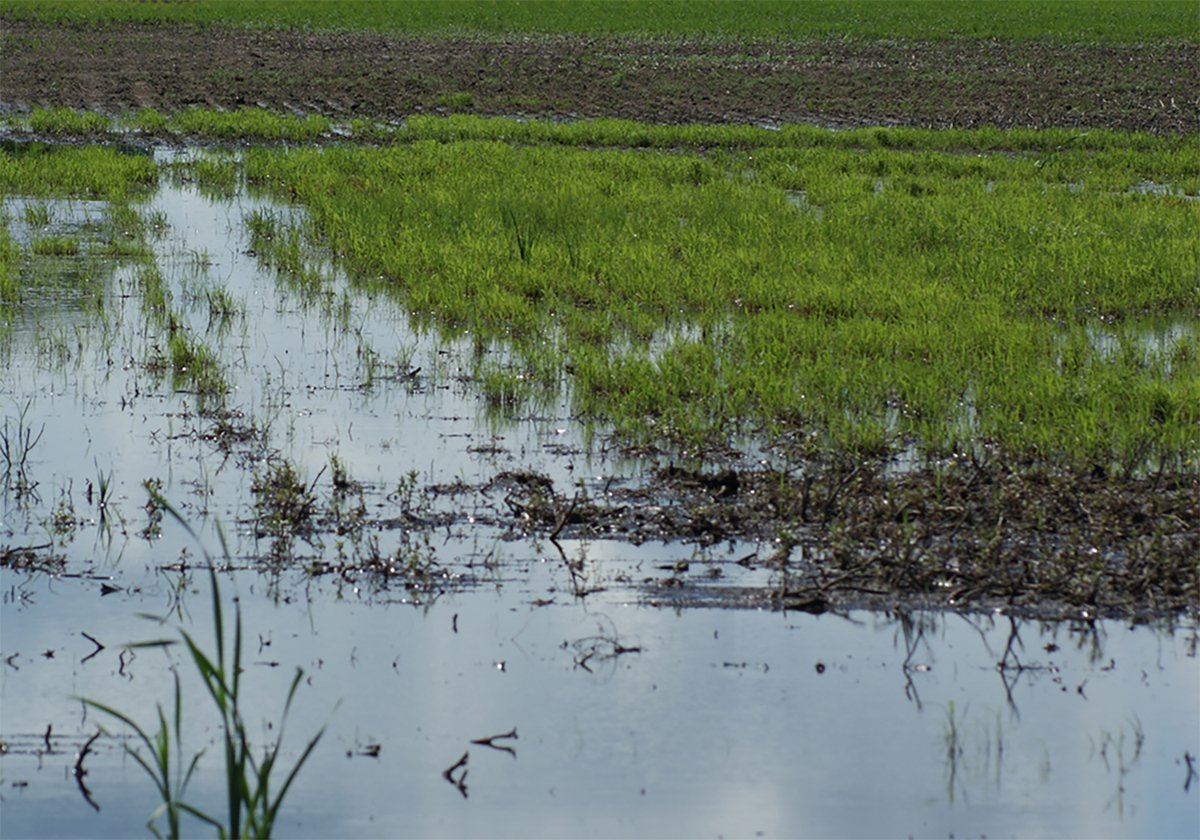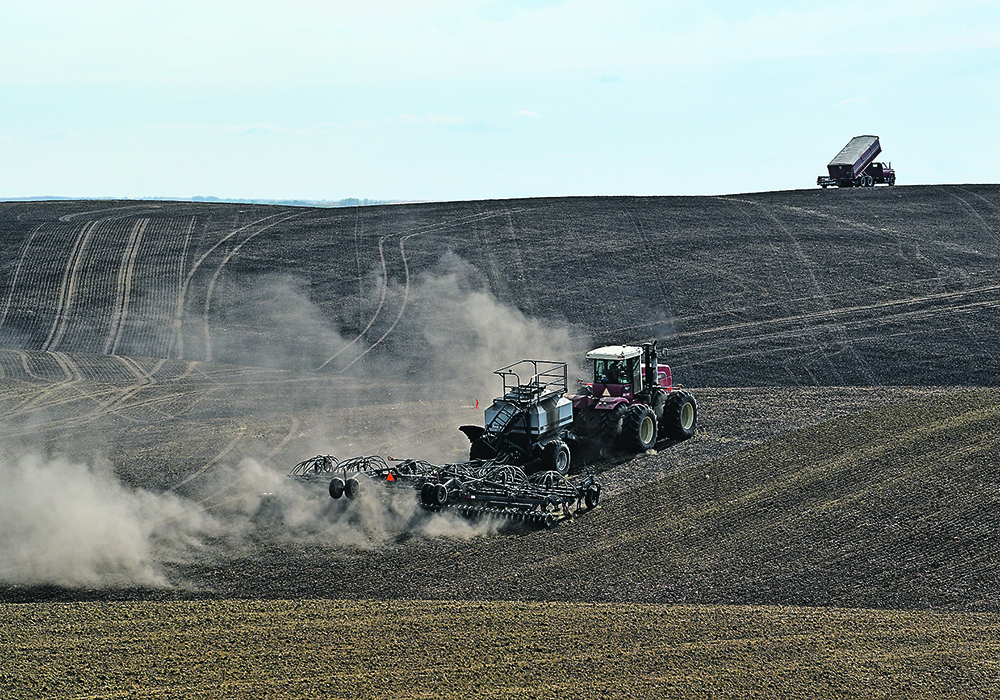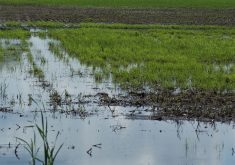Here are some of this year’s seeding season frustrations. Perhaps you’ll relate to one or more.
It’s been a few years since we’ve had significant rain delays during seeding, and one of the frustrations is seed inoculant for pulse crops. We’ve long used peat inoculant applied to the seed as it goes into the seed cart. The problem comes from the relatively short window to get that seed in the ground.
Typically, according to the specifications for the rhizobium inoculant, producers have 24 hours before they should remove the seed and repeat the inoculation process. That’s extra hassle and expense, so we tend to be a little gun shy when rain is in the forecast.
Read Also

Topsy-turvy precipitation this year challenges crop predictions
Rainfall can vary dramatically over a short distance. Precipitation maps can’t catch all the deviations, but they do provide a broad perspective.
Of course, we all know how accurate weather forecasts can be. The rain that sounded like a certainty may arrive a day late or not at all. We’ve lost a number of hours of seeding time this spring because we were hesitant to put another load of inoculated seed into the drill ahead of the next round of expected precipitation.
Perhaps the solution is to switch to granular inoculant, but that means tying up one of the compartments in the seed cart. I’ll need to talk to other growers about their approaches before another seeding season rolls around.
Coming from the near desert of the Palliser Triangle, getting equipment stuck in the mud is not a normal occurrence. Only a couple times have I ever needed a pull to extract seeding equipment from a mudhole. This spring, we needed a big assist.
One little depression holds enough spring runoff that we sometimes need to seed around it. This year, the field had a residual herbicide applied last fall and didn’t require a pre-seed burn-off. Therefore, the little slough area wasn’t tested with the sprayer ahead of the seeder.
It looked dry on top, but the seeder became mired in the incredibly sticky clay. Shovelling mud from around tires and pulling with a front wheel assist tractor were not enough. I had to call up a neighbour with a large tractor that wasn’t being used for seeding.
After extraction from the mudhole, more time was expended scraping mud from between seeding discs. Oh well, hard to complain about wet soil.
Frustration number three relates to technology. As you drive the Prairies looking at crops this growing season, you may be able to pick out the ones seeded on Saturday, May 11. That’s the day GPS guidance went wonky.
Solar storm activity apparently messed with satellite systems. The same activity providing colourful aurora borealis or northern lights does not make GPS guidance happy.
Producers with the free WAAS system of satellite guidance were reportedly hit harder than producers who pay subscriptions for additional satellites, but both were affected.
The seeder would wander off the line and do all sorts of strange things. Sometimes there would be a large overlap and other times the seeding miss became so large that a readjustment was necessary.
We weren’t running our sprayer during the time of the worst disruptions. With sprayers it would be harder to notice overlaps and misses. The misses may become clear later when the lack of weed control becomes obvious.
Here’s a credit to social media such as X (formerly Twitter). At least you could find out that everyone was in the same boat and there wasn’t any use trying to contact the dealership for a solution.
Thanks for letting me share my frustrations. I feel better now.
Kevin Hursh is an agricultural journalist, consultant and farmer. He can be reached by e-mail at kevin@hursh.ca.
















